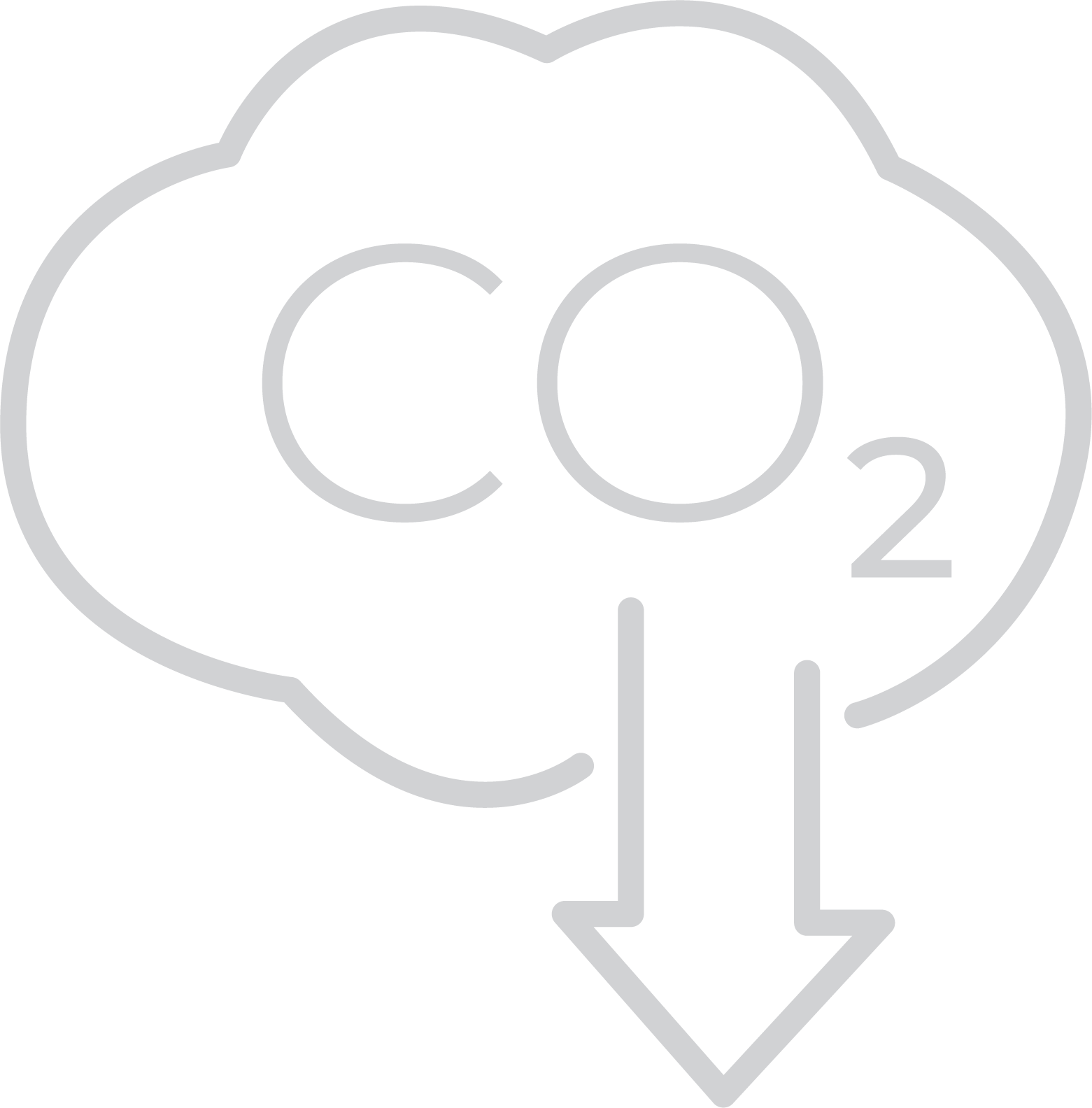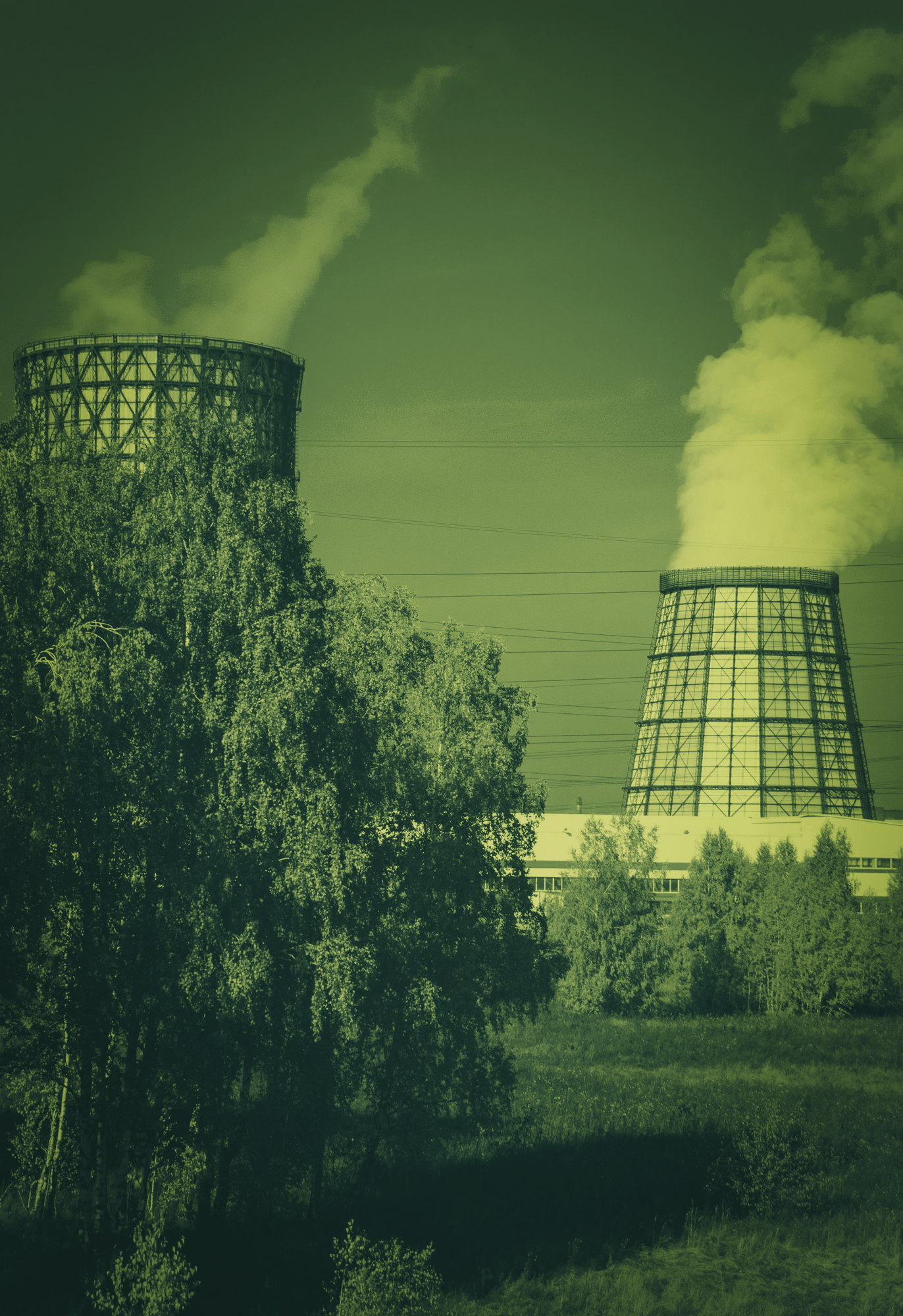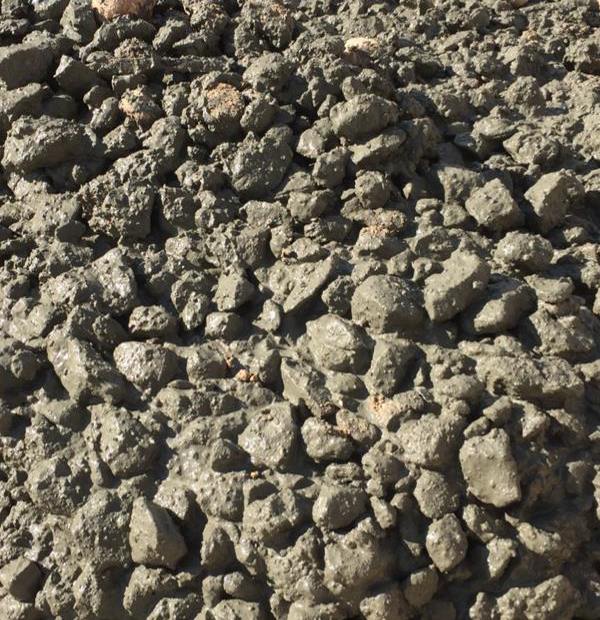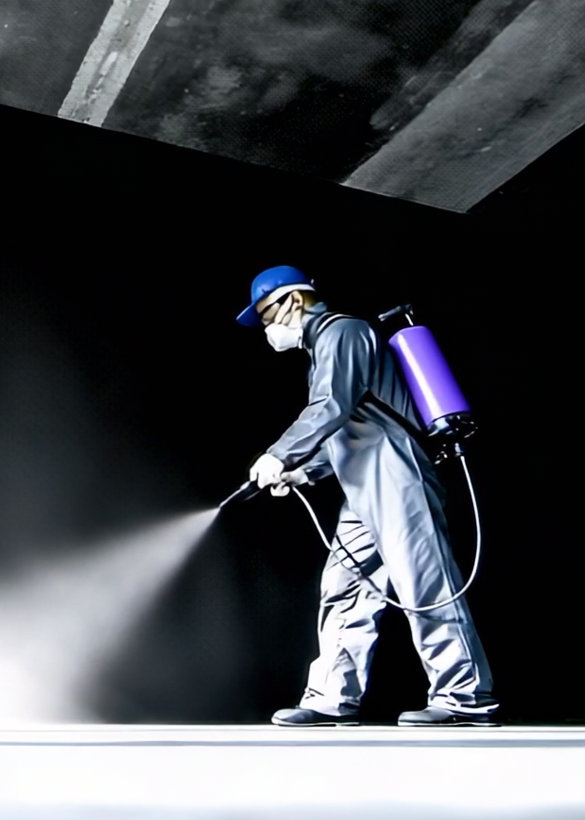E5® rethinks sustainability where it matters most—inside the concrete matrix. Reduce cement, cut chemicals, and shrink the project’s carbon footprint while keeping durability high and schedules moving.

Use engineered pozzolans to replace a portion of cement and stabilize quality across regions and seasons.
Internal curing removes wet cures and curing compounds, reducing waste, labor, and site exposure.
Practical, documentable CO₂ savings that support green building goals without complicating delivery.
E5® combines internal curing with engineered pozzolans and low-VOC surface technologies to push sustainability upstream. The approach reduces embodied carbon, minimizes waste and rinse-off, and still delivers dense, durable concrete that meets real-world production schedules.
Keep your team aligned, your data clear, and your deals moving forward. Everything you need to manage growth without second-guessing your next step.





Portland cement production generates significant CO₂ per ton, so “over-cementing” a mix multiplies the impact. Volatile SCM supply can also force higher cement dosages to maintain strength targets.
The result is a larger embodied-carbon profile per yard and less predictable mix performance—raising both environmental and cost risk.

Traditional fly ash or slag availability can be inconsistent, with variable quality that complicates mix design. Teams often compensate with cement or chemical crutches.
This increases footprint, introduces variability, and can slow production with on-site adjustments or additional trialing.

Wet curing and topical curing compounds require application, removal, or rinsing that produces waste streams and jobsite exposure.
Those steps add labor and logistics, create compliance headaches, and can compromise finish quality if removal is incomplete.

Extended wet curing consumes time, water, and labor—and can still deliver uneven results in hot, dry, or windy conditions.
Inefficient curing widens schedules, invites rework, and undermines sustainability claims with avoidable resource use.
E5® Liquid Fly Ash (engineered pozzolan) replaces a portion of cement while sustaining strength, workability, and durability. Projects cut embodied CO₂ and stabilize mix performance without chasing variable ash or slag sources.
E5® Internal Cure replaces wet curing and topical cures, reducing site chemicals, rinse-off, and labor. Fewer steps mean cleaner schedules and less carbon tied to product manufacturing, transport, and application.
E5® Protect/Shield are clear, odorless, Zero VOC solutions that do not require rinsing or removal. Less chemical handling and disposal improves jobsite safety and environmental compliance.
Liquid Fly Ash is formulated for predictability across geographies and seasons. Producers gain uniform air, slump/flow, and early strengths—reducing rework, waste, and deliveries tied to “do-over” pours.
Sustainable doesn’t mean fragile. Internal curing and matrix densification maintain a tight pore structure, supporting abrasion resistance, moisture control, and long service life so savings aren’t offset by early repairs.
Aligns with common admixture performance frameworks (e.g., ASTM C494 Type S for specific performance) and supports green-building documentation (e.g., LEED low-emitting, material optimization pathways). Clear positioning simplifies spec language and submittals.
Documentable outcomes include cement reduction targets, elimination of curing compounds, and Global Warming Potential (GWP) figures for products (e.g., Liquid Fly Ash cradle-to-gate values). Field checks verify equal or better fresh/hardened performance.
Typical scenarios show cement reductions up to ~10% with maintained strength and durability, plus elimination of topical cures that saves labor and avoids chemical waste. Per Internal Cure TDS, a 100,000 SF pour can avoid ~880 lbs of CO₂ by removing curing compounds—compounded by cement savings.
Internal curing and pozzolanic densification are well-documented pathways to reduced permeability and long-term durability. A tighter matrix supports sustained performance, so embodied-carbon wins aren’t offset by early failures.
Typical guidance: Liquid Fly Ash 8–20 fl oz/100 lb cementitious; Internal Cure ~4 fl oz/100 lb; Protect/Shield per coverage rates. Always run trial mixes/mockups and add admixtures individually with proper mixing revolutions.
E5® components work together when sequenced correctly (plant dosing for admixtures; topical applications per finishing milestones). Coordinate with finish systems and sustainability documentation to capture all credits.
E5® Sustainability Solutions are for owners and builders who want measurable carbon savings without compromising constructability. By reducing cement, trimming steps, and cutting chemical waste, the system supports green-building goals in both vertical and civil work—while preserving durability and schedule.
Lower-VOC, low-waste methods support stringent IAQ and commissioning timelines.
Engineer cement reduction and curing-compound elimination into the spec—then prove it with data. E5® supports durable microstructures that meet exposure demands.
Clear submittals and testing paths make review straightforward for both vertical and civil works.
Engineered Liquid Fly Ash stabilizes performance across seasons; Internal Cure integrates cleanly at the plant. You deliver greener mixes without sacrificing QC.
Fewer complaints and repeat pours reduce fuel, materials, and service calls.
Cement optimization and step elimination provide clear, repeatable savings across network programs. Matrix densification sustains service life under traffic and salts.
Procurement benefits from spec-ready language and measurable outcomes that stand up to audit.
Eliminate wet cures and topical compounds while keeping finish quality high. Less chemical handling means simpler logistics and safer sites.
Predictable delivery reduces rework, change orders, and waste—supporting margin and morale.
Reduce embodied CO₂ while preserving durability and appearance. Fewer chemical steps and faster schedules protect openings and operations.
Transparent documentation and durable outcomes support ESG reporting and long-term value.
Targeting CO₂ reductions without risking durability or schedule? Share your project details and we’ll recommend the right E5® sustainability system—dosing, sequencing, documentation, and spec language included.
2025 Copyright. All rights reserved. Site built with Sprocket Rocket & HubSpot. Privacy policy Terms